

Cleaning up the Waste Stream — Recycling Plastics
Reviewed
Recycling plastics is challenging due to mixed materials and multi-layer packaging. Guide explains plastic codes, sorting methods, and biodegradable options.
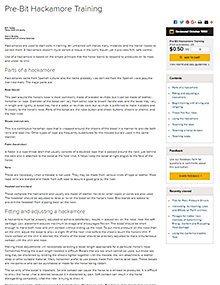
Pre-Bit Hackamore Training
Reviewed
Learn how to properly fit and adjust a hackamore to safely train young horses, ensuring effective communication without injuring sensitive mouth tissue.

Design Criteria for Debris Basins
Reviewed

Soil Compaction: The Silent Thief
Reviewed
Backgrounding Calves Part 1: Assessing the Opportunity
Reviewed
Backgrounding is the growing of steers & heifers from weaning until they enter the feedlot. Visit our site to learn more about backgrouding calves.
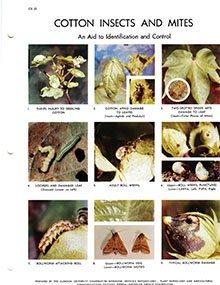
Cotton Insects and Mites
Reviewed
Editor's note

Portable Ladder Safety
Reviewed
Essential safety tips for using portable ladders, including proper selection, maintenance, and hazard prevention, to reduce the risk of falls and injuries.

Preparing for an Emergency: Home Heating in an Emergency
Reviewed
At some time you may face a heating emergency. Visit our site for our Preparing for an Emergency: Home Heating in an Emergency guide.
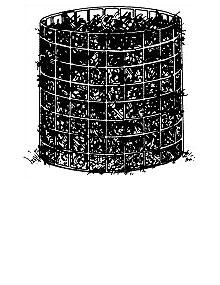
How to Build a Compost Bin
Reviewed
Learn to build compost bins using wire mesh or snow fencing. Includes materials, tools, and step-by-step instructions for effective composting.

Buying a Packaged Farm Building
Reviewed
Guidance on selecting and purchasing pre-engineered farm buildings, covering site preparation, construction types, and load requirements.

Hot Weather Livestock Stress
Reviewed
Learn how high temperatures and humidity affect livestock, and discover strategies to mitigate heat stress during summer months.

Aids to Independent Living for the Blind
Reviewed
This guide offers practical tools and techniques to support independent living for individuals with vision loss.
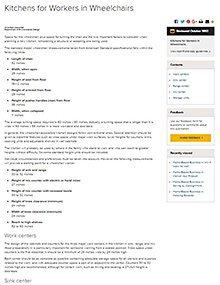
Kitchens for Workers in Wheelchairs
Reviewed
Design kitchens for wheelchair users with ample space, accessible storage, and adjustable counters to improve comfort and usability.
Selecting Wire Fencing Materials
Reviewed
There is an old adage that says "good fences make good neighbors." This is particularly true today in suburban areas of Missouri where a neighbor's cow or horse is seldom welcome in nearby lawns or gardens. The most economical solution is a wire fence capable of containing your livestock.

Bovine Leukosis
Reviewed
Enzootic bovine leukosis causes lymphatic tumors in cattle; BLV spreads via blood, colostrum, and possibly biting flies.

Forages for Cattle: New Methods of Determining Energy Content and Evaluating Heat Damage
Reviewed
This guide offers practical advice on selecting and managing cover crops for grazing, focusing on species choice, timing, and economic considerations.
Sunflower: An American Native
Reviewed
Simple Home Repairs: Wood Porch Flooring
Reviewed
This guide offers step-by-step instructions for repairing damaged wood porch flooring, including tools needed and techniques for replacing boards.
Pruning Forest Trees
Reviewed
Pruning trees in the yard and in the forest can yield many benefits — if it is done correctly.
In a woodland or plantation, pruning helps maintain a central leader, repairs storm damage, or improves the chances of a clear bole to produce a higher grade of lumber or veneer.
Are Radial Tractor Tires Cost Effective?
Reviewed
Radial tractor tires offer improved traction, fuel efficiency, and longer tread life compared to bias-ply tires, potentially reducing overall operating costs.
Feeding Dairy Cattle for Proper Body Condition Score
Reviewed
Monitor and manage dairy cow body condition to enhance milk production, reproductive efficiency, and overall herd health throughout lactation.
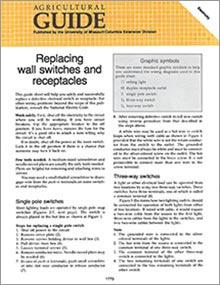
Replacing Wall Switches and Receptacles
Reviewed
Editor’s note
The PDF version of this publication includes illustrations.

Feeds for Light Horses
Reviewed
Learn how to feed light horses efficiently by choosing the right balance of grains, roughages, and supplements to maintain their health and minimize costs.
Sorghum Aphid Pest Management
Reviewed
Sorghum aphids can rapidly multiply, damaging crops and spreading viruses; timely identification and control are essential to protect yields.

Lagoons for Storage/Treatment of Dairy Waste
Reviewed
Anaerobic lagoons offer cost-effective dairy waste treatment, reducing odors and nitrogen while providing long-term storage.